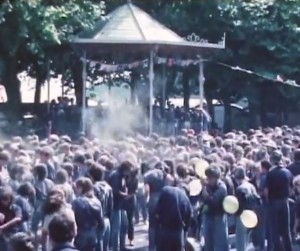
Documental sobre la Fiesta del Ganso en Lekeitio. Dentro de las fiestas y tradiciones de Euskalherria, el Antzar Eguna de Lekeitio destaca por su gran poder de convocatoria. Las cuadrillas de mozos acompañados de charagas que amenizan el acto, conducen a la popa de sus botes al líder de cada grupo hasta el ganso, que amarrado por sus patas cabeza abajo, cuelga de una soga que cruza el puerto. Mediante tirones de esta soga, los mozos agarrados al cuello de los gansos, son izados una y otra vez hasta arrancar la cabeza del animal o caer al agua agotados. Esta singular e insólita fiesta ha despertado gran polémica entre sus detractores y seguidores. Actualmente los gansos que se emplean están muertos o son de plástico.
Texto de Miguel Ángel Quintana
Documentary about the Goose Celebration in Lekeitio. Among the celebrations and traditionsof Euskalherria, the Antzar Eguna of Lekeitio is one of the most attractive events. The troops go accompanied by musicians, and they lead the group leader towards their boats' stern until reaching a goose that is tied upside down by its legs, hanging from a rope that crosses the port. By pulling the rope, the participants hang on to the gooses neck, and are raised over and over again until they tear the goose's head or they fall to the water exhausted. This singular and unusual celebration has produced controversy between followers and detractors. Currently the gooses employed are either dead or made of plastic.
Text by Miguel Ángel Quintana.
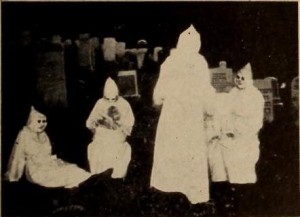
"When darkness envelops the land and all sensible folk are safe in their beds, it is then, 'tis said, that the disembodied creatures disport themselves in and around the lonely cemeteries. A grave subject for a filmer, but Earl H. Sparks has created from it as zany a witches' comedy as the Walpurgis Night of unholy legend — or the madcap merriment of the Marx Brothers. Resourceful and adept technical handling, plus a lively if perverse imagination, imbue this phantom farce with high good humor and, shall we say, a haunting charm?" Movie Makers, Dec. 1949, 468.
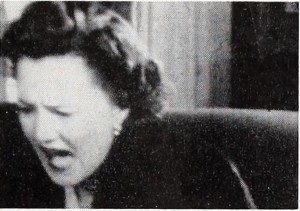
"What happens when a pair of jewel thieves masquerading as house painters get into a lady's apartment to elude the police is entertainingly told in this club production by the 8mm. group of the Seattle Amateur Movie Club. John F. Herman, the director, keeps the action moving, while the players discharge their roles for the most part with good humor. J. W. Crock and George Hayden contribute ably as the cameramen. Although the cutting, as with so many amateur dramas, is not as swiftly paced as one might wish, Apartment C is an engaging example of cooperative filming." Movie Makers, Dec. 1951, 411.
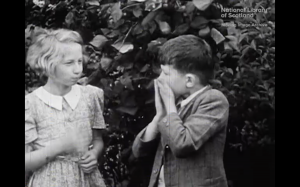
"Exploits of a boy and girl scrumping fruit and annoying a gardener and an angler. Sickness is the reward for gluttony and the doctor dispenses castor oil to the miscreant." (EAFA Database)
"Apple Sculpture by Frank L. Kreznar of Milwaukee, Wis. No Literal description of this film is possible more than the title itself. This surprising hobby is beautifully presented in this 8-minute 16mm film that was awarded a Ten Best Medal" PSA Journal, Nov. 1971, 41
"A Hitchcock type film, the star's fear all being caused by an appointment with the dentist, but under the gas he dreams of meeting an attractive girl. But he wakes up just as it gets interesting." PSA Journal, Nov. 1956, 45.
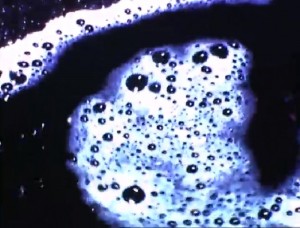
"Aqua Viva, as its name suggests, is a study of water in motion. To state it thus baldly, however, cannot reveal the true cinematic beauty of Allan Hammer's swirling patterns of light and shadow, executed with consistent success under the most difficult exposure conditions. Yet more important than Mr. Hammer's technical competence is his imaginative perception of small moments of great loveliness. Such scenes, however, because of their very delicacy, tend always to lose their effectiveness in large doses. Aqua Viva as a production leans toward excess length." Movie Makers, Dec. 1950, 466.
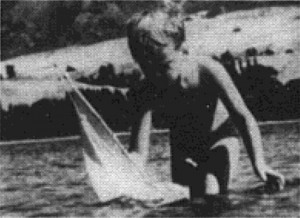
"Lindsay takes us on one of his family holidays into the mountain and lake areas. We are among the snow-capped hills, lush valleys, and many wild flowers, motoring and water-skiing on the lake" PSA Journal, Nov. 1960, 41.
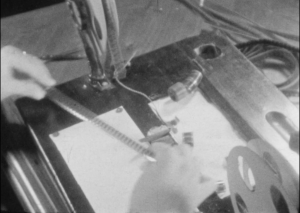
Visual poem, synchronized to the Arabesques of Claude Debussy, that reflects on the home as a space of cinematic creativity for the amateur. It is the only film from the period directly credited to a female amateur filmmaker.
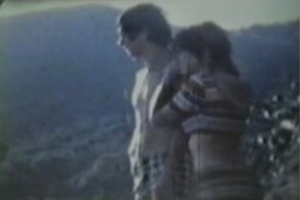
"Era una película que desarrollaba un tema muy propio de la contracultura de la época: la posibilidad de regresar a la naturaleza para vivir una vida al margen de la contaminación y de la vida moderna. Se trataba de una cinta de menos de diez minutos de duración, que contaba una historia breve pero ilustrativa de la naturaleza de los debates entre los jóvenes mexicanos cercanos a la contracultura. [...] La historia de Sergio García hacía una crítica al escapismo hippie, esperanzado por la posibilidad de crear un mundo alterno al de la realidad del capitalismo industrial" (Vázquez Mantecón, 2012).
"It was a film that developed a topic very related to the counterculture of the time: the possibility of going back to nature to live a life away from pollution and the modern life. The film lasted less than 10 minutes, and it told a brief but illustrative story about the nature of the debates between the Mexican youth that was close to the counterculture. [...] The story by Sergio García was a critique of the hippie escapism, hopeful for the possibility of creating an alternate world to the reality of industrial capitalism" (Vázquez Mantecón, 2012).
Total Pages: 203